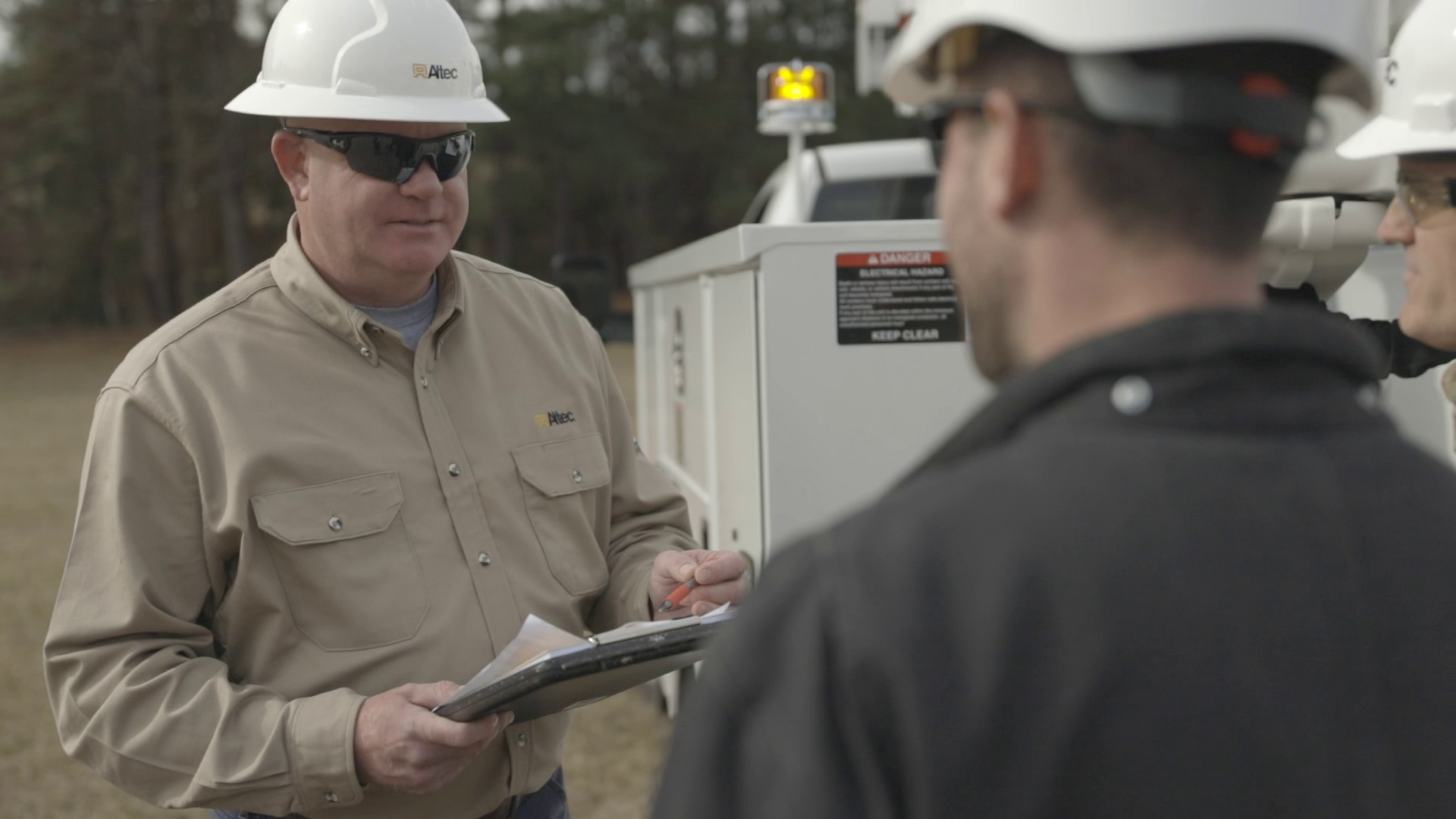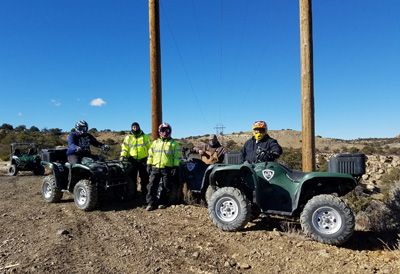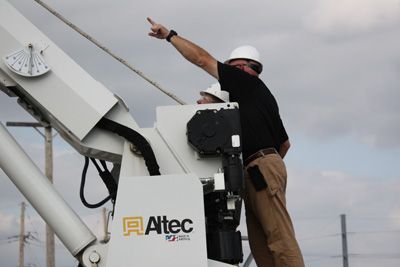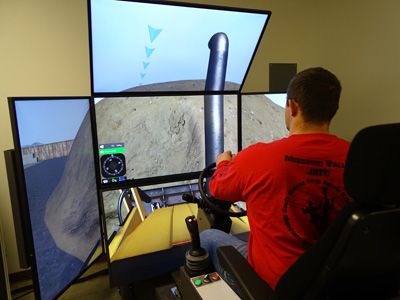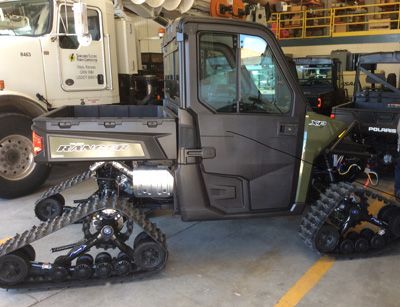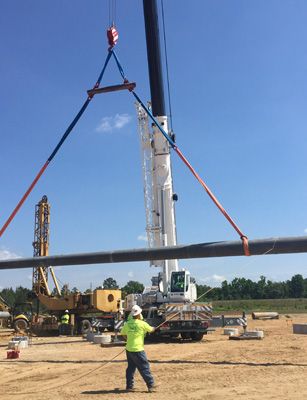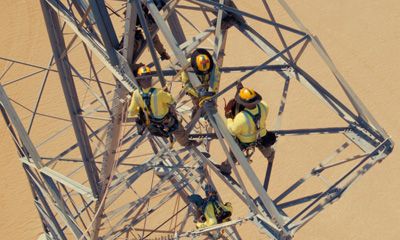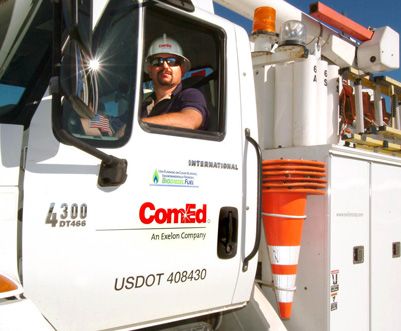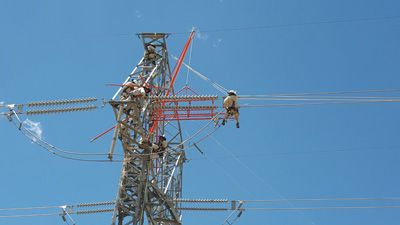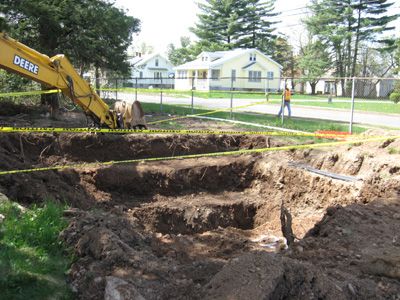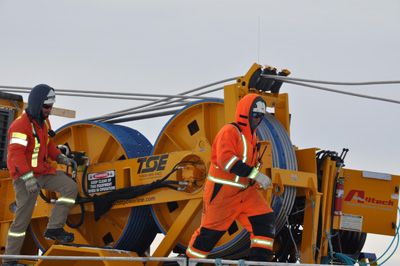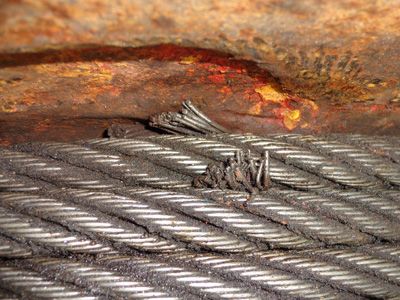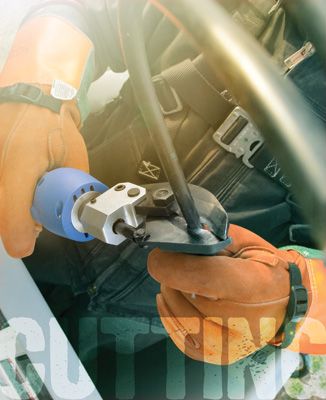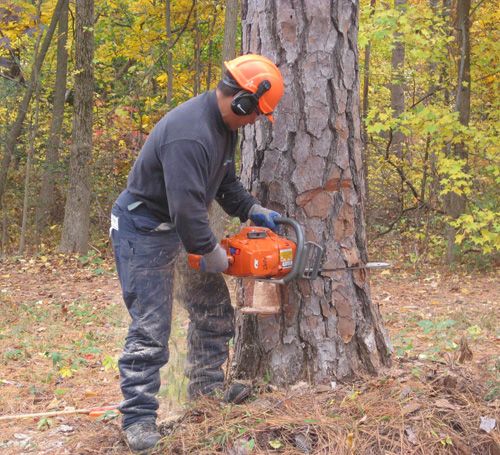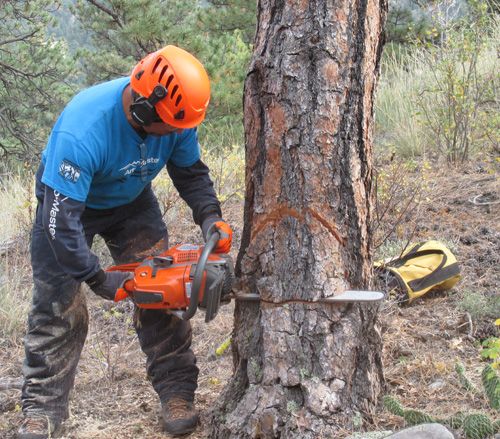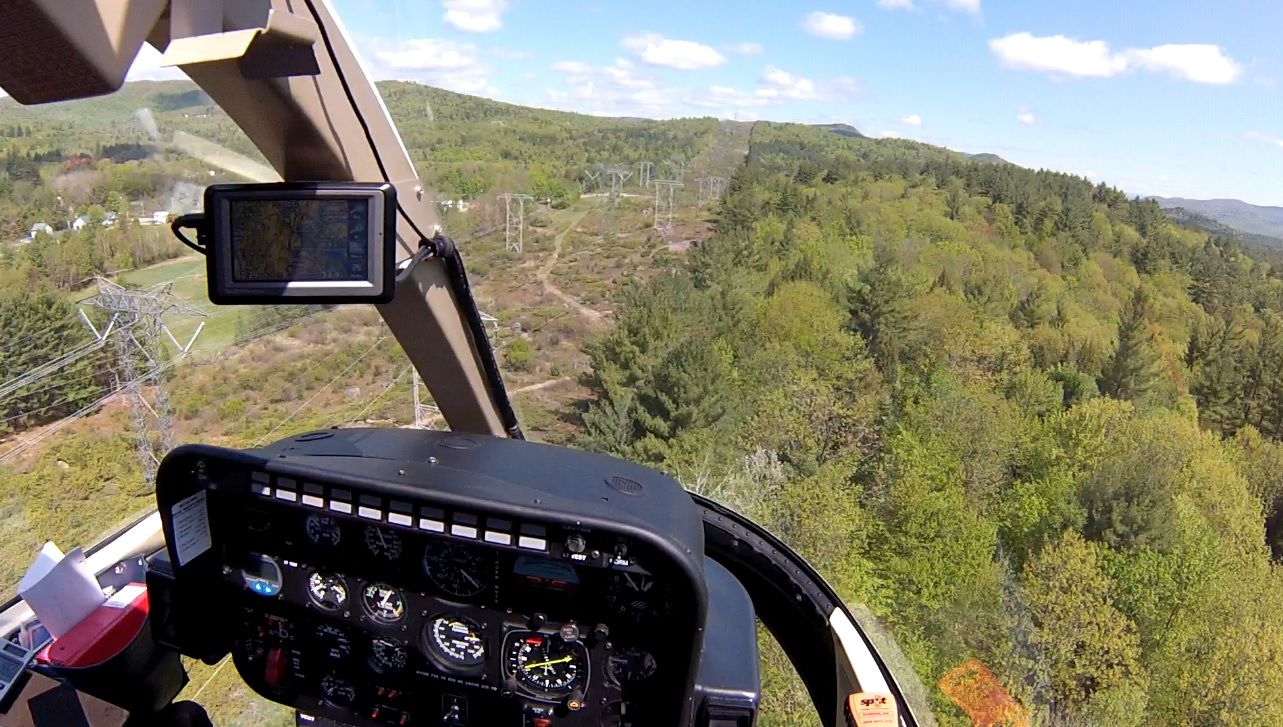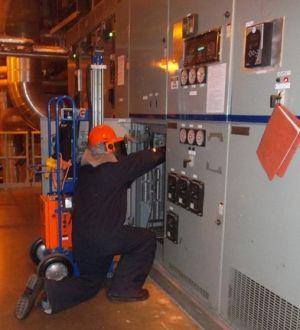Tag: Equipment Operations
ANSI A92.2: 2022 Changes and Training Requirements
Written by Phil Doud on . Posted in Safety Management, Equipment Operations.
Building an ATV/UTV Training Program for Utilities and Contractors
Written by Ty Fenton and Chuck Kevwitch on . Posted in Worksite Safety, Equipment Operations.
Best Practices for Using Your Aerial Device Jib to Handle Transformers
Written by Roger Crom and Jim Olson, P.E. on . Posted in Worksite Safety, Equipment Operations.
Aerial Equipment Innovations Aim to Protect Your Workers
Written by Eric Lumberg on . Posted in Equipment Operations.
Using Simulators to Standardize Utility Operator Training
Written by David Clark on . Posted in Leadership Development, Equipment Operations.
Enhancing Safety for Line Patrol Technicians
Written by Rob D. Adams, CLCP, CUSP, and Pete Prast, P.E. on . Posted in Worksite Safety, Equipment Operations.
Are You Driving on Autopilot?
Written by Carl Cormier on . Posted in Equipment Operations.
When Insulating Booms Fail Dielectric Testing
Written by Joe Cisneros on . Posted in Equipment Operations.
When Utilities Leave the Pavement: Off-Road Driving Safety Challenges
Written by Steve Andreas on . Posted in Safety Management, Equipment Operations.
Train the Trainer 101: Enforcement of Vehicle Weight and Load Securement Rules
Written by Jim Vaughn, CUSP on . Posted in Worksite Safety, Train the Trainer 101, Equipment Operations.
Using Technology to Eliminate Aerial Device Overloads
Written by Dan Brenden on . Posted in Worksite Safety, Equipment Operations.
Overcoming Barriers to Crane and Rigging Skills Development
Written by Debbie Dickinson on . Posted in Worksite Safety, Equipment Operations.
Rope Access Work in Today’s Line Trade
Written by Brian Bourquin on . Posted in Safety Management, Equipment Operations.
June 2017 Q&A
Written by Jim Vaughn, CUSP on . Posted in Safety Management, Worksite Safety, Q & A, Equipment Operations, Grounding.
Voice of Experience: Inspection, Maintenance and Fall Protection Guidance for Bucket Truck Use
Written by Danny Raines, CUSP on . Posted in Safety Management, Worksite Safety, Voice of Experience, Equipment Operations.
February 2017 Q&A
Written by Jim Vaughn, CUSP on . Posted in Safety Management, Leadership Development, Worksite Safety, Q & A, Equipment Operations.
Creating a Safe Driving Culture
Written by Eduardo Suarez on . Posted in Safety Management, Equipment Operations.
Rope Access for Live-Line Work
Written by Thomas Penner on . Posted in Safety Management, Worksite Safety, Equipment Operations.
Voice of Experience: Switching and Working on UD Systems
Written by Danny Raines, CUSP on . Posted in Safety Management, Worksite Safety, Voice of Experience, Equipment Operations.
December 2016 Q&A
Written by Jim Vaughn, CUSP on . Posted in Safety Management, Worksite Safety, Q & A, Equipment Operations, Grounding.
October 2016 Q&A
Written by Jim Vaughn, CUSP on . Posted in Safety Management, Worksite Safety, Q & A, Equipment Operations.
August 2016 Q&A
Written by Jim Vaughn, CUSP on . Posted in Safety Management, Worksite Safety, Q & A, Equipment Operations.
Train the Trainer 101: Practical Recommendations for Wire Stringing
Written by Jim Vaughn, CUSP on . Posted in Safety Management, Worksite Safety, Train the Trainer 101, Equipment Operations.
June 2016 Q&A
Written by Jim Vaughn, CUSP on . Posted in Safety Management, Worksite Safety, Q & A, Equipment Operations, Grounding.
Train the Trainer 101: Grounding for Stringing in Energized Environments
Written by Jim Vaughn, CUSP on . Posted in Safety Management, Worksite Safety, Train the Trainer 101, Equipment Operations, Grounding.
Trenching by the Numbers
Written by Jarred O'Dell, CSP, CUSP on . Posted in Safety Management, Worksite Safety, Equipment Operations.
Stringing Best Practices: Mesh Grips vs. Preforms
Written by Chris Grajek, CRSP, CUSP on . Posted in Safety Management, Worksite Safety, Equipment Operations.
December 2015 Q&A
Written by Jim Vaughn, CUSP on . Posted in Safety Management, Worksite Safety, Q & A, Equipment Operations, Grounding.
Rigging Fundamentals for Utilities
Written by Brian S. Hope, ASP, CSP, CUSA on . Posted in Safety Management, Worksite Safety, Equipment Operations.
Making the Switch
Written by Raffi Elchemmas, AEP, MBA on . Posted in Safety Management, Worksite Safety, Equipment Operations.
Arrive Alive
Written by Laura McMillan on . Posted in Safety Management, Worksite Safety, Equipment Operations.
Voice of Experience: Fundamentals of Underground Padmount Transformers
Written by Danny Raines, CUSP on . Posted in Safety Management, Voice of Experience, Equipment Operations, Grounding.
Train the Trainer 101: The OSHA-EEI Subpart V Settlement
Written by Jim Vaughn, CUSP on . Posted in Safety Management, Worksite Safety, Equipment Operations.
Measuring, Planning and Cutting Methods for Chainsaw Operators
Written by Ken Palmer on . Posted in Safety Management, Worksite Safety, Equipment Operations.
Chainsaw Safety, Planning and Precision Felling Techniques
Written by Ken Palmer on . Posted in Safety Management, Worksite Safety, Equipment Operations.
The Risks and Rules of Chainsaw Operation
Written by Ken Palmer on . Posted in Safety Management, Worksite Safety, Equipment Operations.
October 2014 Q&A
Written by Jim Vaughn, CUSP on . Posted in Safety Management, Worksite Safety, Equipment Operations.
Mitigating the Risks of Aerial Patrols
Written by Nathan Boutwell, CUSP on . Posted in Safety Management, Equipment Operations.
August 2014 Q&A
Written by Jim Vaughn, CUSP on . Posted in Safety Management, Worksite Safety, Equipment Operations.
Train the Trainer 101: OSHA Forklift Certification Requirements
Written by Jim Vaughn, CUSP on . Posted in Equipment Operations.
Electrical Safety for Utility Generation Operations Personnel: A Practical Approach
Written by Randy Fabry and Pam Tompkins, CSP, CUSP on . Posted in Safety Management, Worksite Safety, Equipment Operations.
Train the Trainer 101: Working from Crane-Mounted Baskets
Written by Jim Vaughn, CUSP on . Posted in Equipment Operations.



